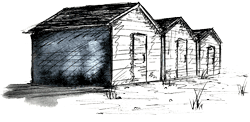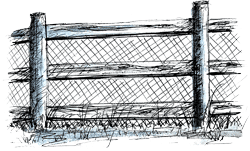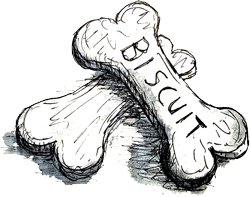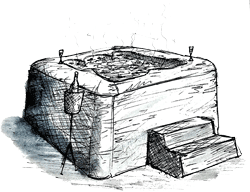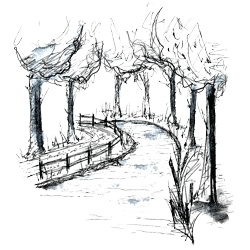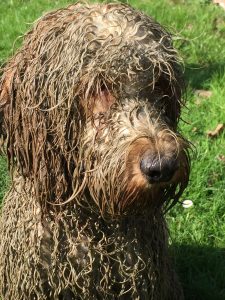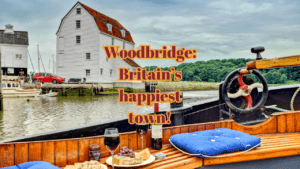
How to Visit the Landscapes of Constable’s and Gainsborough’s Paintings in Suffolk
It is safe to say that Suffolk is a picturesque county, offering what feels at times like never-ending green fields in the depths of the countryside. The place is also positively awash with beautiful landscapes that can be experienced when staying with us at Woodfarm Barns and Barges in the heart of the Suffolk countryside. And, when you have a beautiful landscape, artists may want to paint what they can see, which is exactly what John Constable and Thomas Gainsborough did.
Thomas Gainsborough was born in 1727, in Sudbury, a market town in South Suffolk. Gainsborough’s real love was to paint landscapes, which he did about 200 of, however, he did paint over 500 portraits of the English aristocracy, with portraits in 1780 for King George III and his queen, which helped to give him a little more influence. When Gainsborough started painting landscapes, they weren’t considered fashionable, but he managed to create a demand for landscape paintings with the help of the Industrial Revolution.
This has to do with the way that the Industrial Revolution hit the countryside hard in terms of population, with flocks of people from the countryside relocating to the cities where factories began popping up. Gainsborough moved to London in 1774, and over time, the landscape paintings that Gainsborough had worked on which depicted a completely different scene to the factory littered London, showing off the tranquil countryside in rich detail, became more accepted.
John Constable was born later, in 1776 in East Bergholt, located in Suffolk but on the border with Essex. He chose the profession of painting, which was frowned upon by his family, so he worked in the family business of working in a mill in Dedham Vale, and in his free time, he would paint his surroundings in the villages of Flatford, Dedham and East Bergholt – all near where he was born. Constable was aware of the work of another Suffolk landscape painter – Thomas Gainsborough – who influenced Constable’s work.
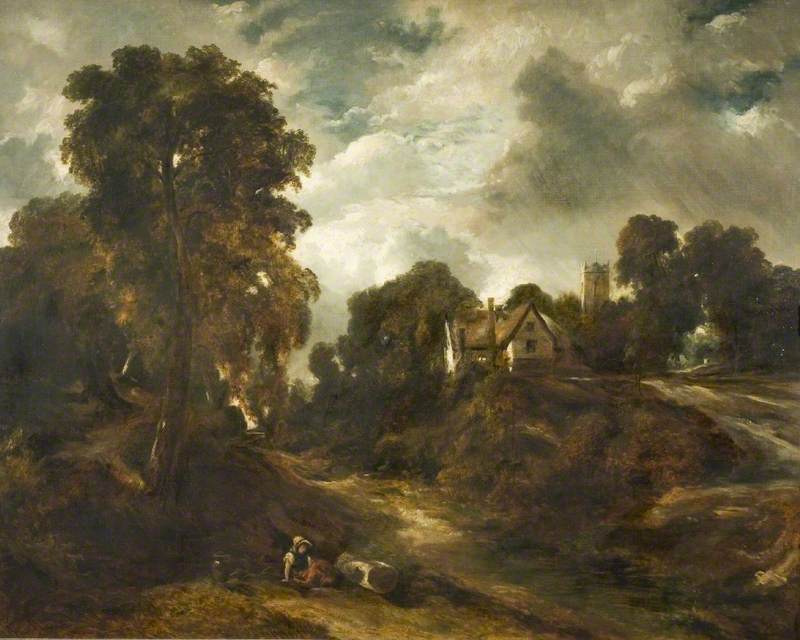
Constable rejected the option of continuing the family business, and he decided to pursue his passion in painting, but he was very reluctant in painting house and portrait commissions, because he had a greater passion – landscapes. Constable wasn’t self-sufficient with his painting at the start, but he was able to focus on his art passion after his father died and a private income was left to Constable. Constable went on to paint 116 paintings (which we know of) in his lifetime, with his most notable being landscape paintings.
Both also have links to the Royal Academy of Arts, with Gainsborough being one of the founding members in 1768, and Constable being elected in 1829, which was seen as unusual for a landscape painter. Both of their works were sought after and they both made a huge influence in landscape painting.
So, where are the paintings now in Suffolk?
Christchurch Mansion, located in the centre of Ipswich, is a 500 year old Tudor mansion, with period rooms from the Tudor period onwards to the Victorian. Christchurch Mansion is perfect if you want to become one with the Suffolk landscape, by gazing into the landscapes that Constable and Gainsborough painted in the 18th and 19th centuries, as Christchurch Mansion boasts the largest collection of the paintings outside of London. With Ipswich being a 25 minute drive (on a good run) from Woodfarm Barns, about 20 minutes from Woodbridge, and about 35 minutes from Snape Maltings, why not take a trip to Christchurch Mansion in the heart of Ipswich, to admire the picture-perfect paintings that have come from the Suffolk landscape?
Gainsborough House in Sudbury, the birthplace of Gainsborough, also has some of his paintings on show. So, why not walk the footsteps that Gainsborough would have walked through the streets of Sudbury and enter Gainsborough House to admire the incredible artwork produced by Gainsborough during his lifetime?
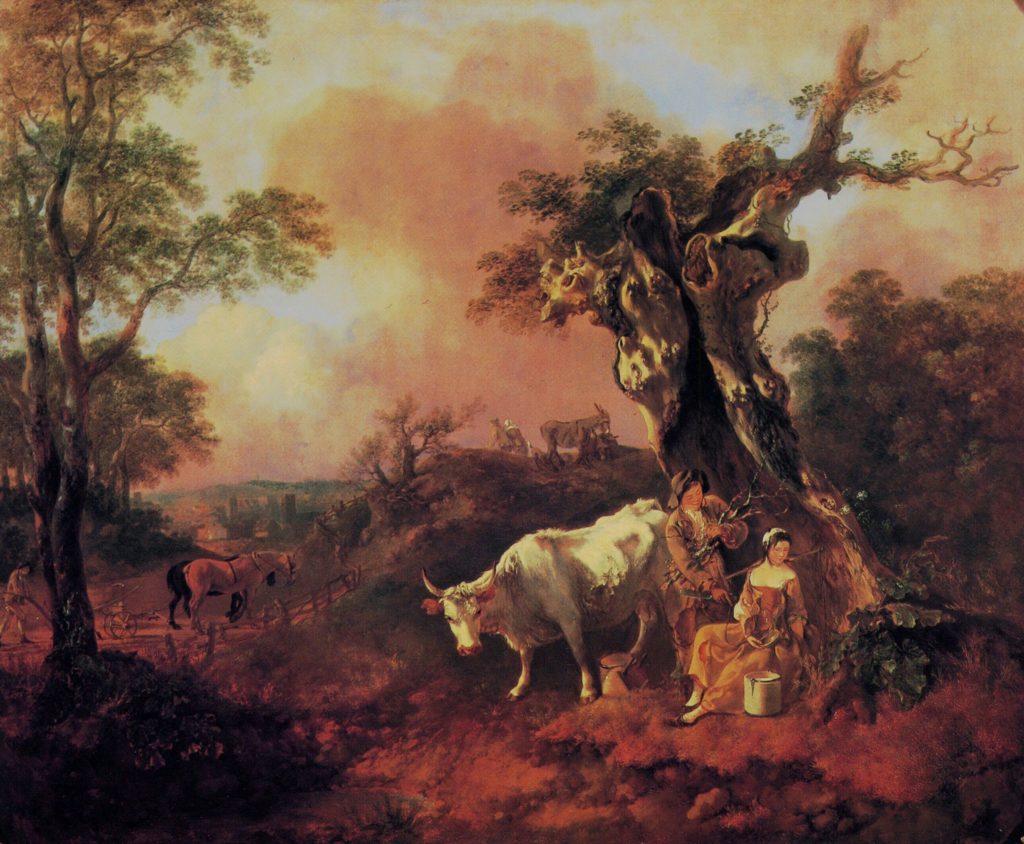
The Painter’s Trail:
Want to see the areas of Suffolk (and a little bit of Essex) in Constable Country? (yes – this part of the country is known as Constable Country due to the paintings that Constable produced of this area, which incorporates a large area of South Suffolk/North Essex around Flatford Mill), in the Dedham Vale Area of Natural Beauty (AONB). This is accomplished with ease when staying with us at Woodfarm Barns and Barges, simply take a ride, or walk down the Painter’s Trail, to enjoy and take in the breath-taking beauty that the Suffolk countryside has to offer.
To get planning now, be sure to take a look at all of our Barns and Barges for rent in Suffolk.

